Did you know that waterborne diseases can cause about 90% of all diarrhoea illnesses in developing countries and are responsible for about 25% of hospital admissions? It's shocking to think that something as basic as water, which we use on a daily basis, can pose such a serious health risk. Find out more in this article about the dangers of contaminated water and how you can avoid them!
Water Borne diseases definition includes the types of diseases that are one of the leading causes for life expectancy in developing countries. In developing countries, diarrhoea is the primary cause of death among children. The World Health Organization (WHO) reported that each year, at least 5 lakh people die from waterborne diseases. To understand the meaning of water borne diseases better, you need to understand what causes them and what their symptoms are.
The types of waterborne diseases
There are many different types of waterborne diseases, each with its own set of symptoms and treatment options. The most common types of waterborne diseases include:
- Typhoid fever: Typhoid fever is a bacterial infection that is spread through contaminated food or water. Fever, headache, stomach pain, and diarrhoea are among the symptoms. Treatment typically involves antibiotics.
- Cholera: Cholera is a bacterial infection that is spread through contaminated food or water. Symptoms include severe diarrhoea, vomiting, and dehydration. Treatment typically involves rehydration and antibiotics.
- Hepatitis A: Hepatitis A is a viral infection that is spread through contaminated food or water. Symptoms include fever, fatigue, nausea, vomiting, and yellowing of the skin (jaundice). Treatment typically involves supportive care and vaccination.
- Shigellosis: Shigellosis is a bacterial infection that is spread through contaminated food or water. Symptoms include diarrhoea, abdominal cramping, and fever. Treatment typically involves antibiotics.
Symptoms of water borne disease
Waterborne illnesses are caused by pathogens — bacteria, viruses, parasites or other organisms — that contaminate water. Anyone can get a waterborne illness, but some groups such as young children, the elderly and people with weakened immune systems are more likely to become seriously ill.
Common symptoms of waterborne disease include:
- Diarrhea
- Nausea and vomiting
- Fever and chills
- Headache and muscle aches
If you experience any of these symptoms after coming into contact with contaminated water, seek medical attention immediately.
Causes of water borne disease
There are many different causes of waterborne diseases, but they can generally be classified into two categories: contaminated water and contact with contaminated water.
- Contaminated water is the primary cause of waterborne diseases. This can happen when water is contaminated with sewage, industrial waste, or agricultural runoff. It can also occur when natural sources of water, such as lakes and rivers, become contaminated.
- Contact with contaminated water is the second major cause of waterborne diseases. This can happen when people come into contact with contaminated surface water, such as when swimming in a lake or river. It can also happen when people drink contaminated water or use it for cooking or cleaning.
- Poor sanitation and hygiene practices are major contributors to the spread of water-borne diseases, even when water sources are clean. This includes inadequate or absent handwashing facilities, improper disposal of human waste, and unsanitary food preparation methods. Lack of awareness about proper hygiene, such as handwashing with soap after using the toilet and before handling food, can facilitate the transmission of pathogens and it is one of the causes of water borne diseases. Additionally, unsanitary conditions in homes, schools, and public spaces can create breeding grounds for disease-causing organisms.
- Even when water sources are initially uncontaminated, flaws in treatment and distribution can introduce pathogens leading to water borne diseases. Ageing infrastructure, such as corroded pipes or poorly maintained treatment facilities, can allow contaminants to enter the water supply. Intermittent water supply, common in many developing areas, can lead to negative pressure in pipes, sucking in surrounding contaminated groundwater. Inadequate treatment processes may fail to remove all pathogens, especially in the face of emerging contaminants or changing water conditions. Moreover, inconsistent water supply often forces people to store water in homes, where improper storage practices can lead to contamination. The lack of residual disinfectants in the water system can also allow bacterial regrowth in pipes and storage tanks. These systemic issues can turn otherwise safe water into a vector for disease transmission.
Ways to prevent waterborne diseases
There are many ways to prevent waterborne diseases, and it is important to be aware of them in order to protect yourself and your family.
One of the best ways to prevent waterborne disease is to practice safe water habits. This means using clean, safe water for drinking, cooking, and bathing, and avoiding contact with contaminated water. It is also important to clean up any standing water that could serve as a breeding ground for disease-carrying organisms.
Another way to prevent waterborne disease is to get vaccinated against common illnesses such as cholera and typhoid. These vaccines can help protect you if you are exposed to contaminated water.
Finally, it is important to be aware of the symptoms of common waterborne diseases so that you can seek medical attention if you become ill. Some symptoms include diarrhoea, vomiting, fever, and muscle pain. If you experience any of these symptoms after coming into contact with contaminated water, see a doctor immediately.
With our offerings in line with government-mandated prices, Maxlab offers full body checkup packages that cover an exhaustive list of tests for a comprehensive diagnosis of your health. Choose from a range of health test packages based on your needs.
What to do if you think you're infected with a waterborne disease
If you think you're infected with a waterborne disease, it's important to seek medical attention as soon as possible. But there are also some things you can do at home to help ease your symptoms and prevent the disease from spreading.
- Drink plenty of fluids, especially water, to stay hydrated and help your body flush out the infection. Avoid dehydrating substances including alcohol, coffee, and sugary beverages.
- Get plenty of rest to help your body heal.
- Take over-the-counter medications like ibuprofen and acetaminophen for pain relief and fever reduction.
- Stay away from people who are sick, and wash your hands often to avoid spreading the disease.
- If you have a weakened immune system, take extra precautions to avoid infections, such as avoiding contact with people who are sick and washing your hands often.
When to Seek Immediate Medical Attention
While there can be different causes of water borne diseases, many waterborne illnesses can be managed at home, some symptoms require urgent medical care. Seek immediate medical attention if you experience:
- Severe abdominal pain
- High fever (above 103°F or 39.4°C)
- Bloody diarrhoea
- Signs of severe dehydration (extreme thirst, dry mouth, little or no urination, severe weakness, dizziness, or lightheadedness)
- Persistent vomiting that prevents keeping liquids down
Prevention of Waterborne Diseases
Symptoms of waterborne diseases can occur without even gaining your attention at first. To reduce your risk of contracting waterborne diseases in the future, consider the following precautions:
- Drink only bottled, boiled, or chemically treated water when travelling to areas with poor sanitation.
- Avoid swallowing water while swimming in pools, lakes, or rivers
- Wash fruits and vegetables thoroughly before eating
- Practice good hygiene, especially hand washing before preparing food or eating
- Ensure your home's water system is properly maintained and tested regularly
To avoid different types of water borne diseases from ruining your health, it is important to take precautionary measures and consult with your doctor to stay safe from water borne diseases.
Long-term considerations
Some waterborne infections can have long-lasting effects that is why you should follow up with your healthcare provider if symptoms of water borne diseases persist or recur. Consider keeping an oral rehydration solution on hand, especially when travelling, to quickly address dehydration if needed and be aware of any local outbreaks or water quality issues in your area by staying informed through public health announcements.
Conclusion
Waterborne diseases are a huge problem in developing countries. Each year, millions of people die from waterborne illnesses. The good news is that there are ways to prevent these diseases. By investing in clean water and sanitation facilities, we can significantly reduce the number of waterborne diseases. In addition, education is critical in preventing these diseases. By teaching people about hygiene and proper sanitation practices, we can help prevent the spread of waterborne diseases.













 7982100200
7982100200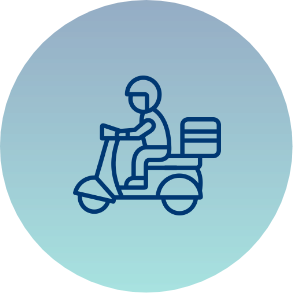

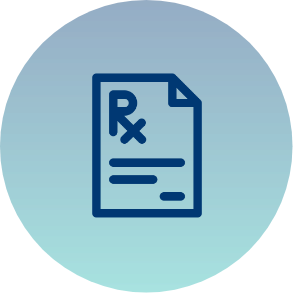
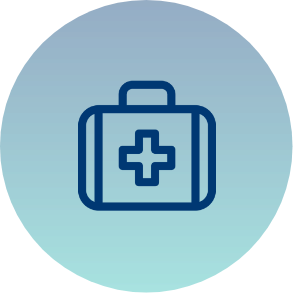

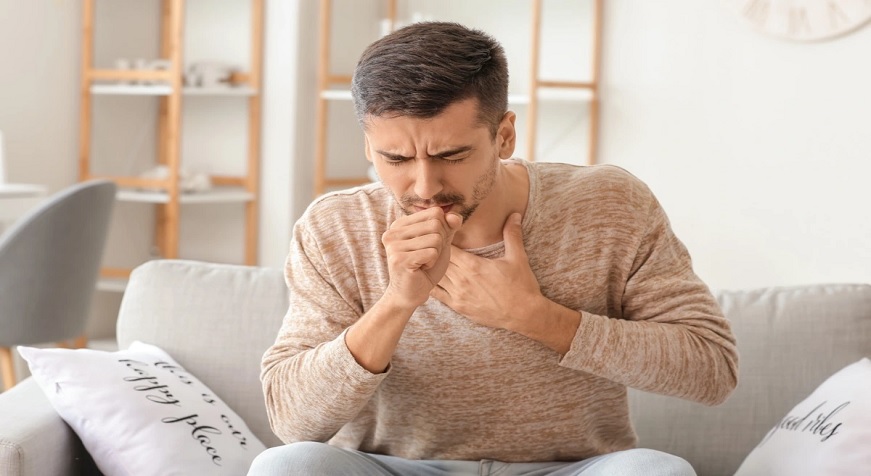
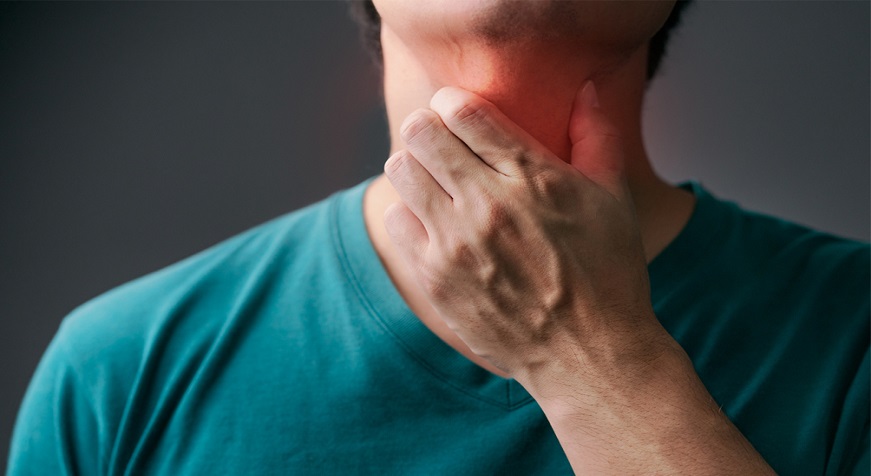
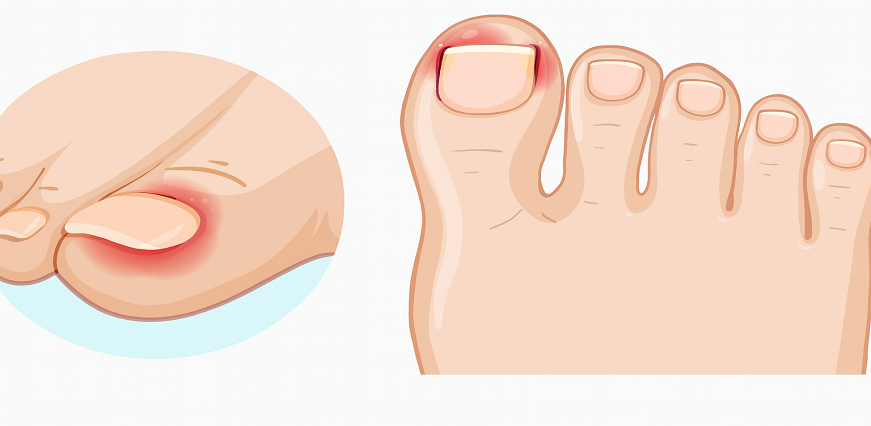
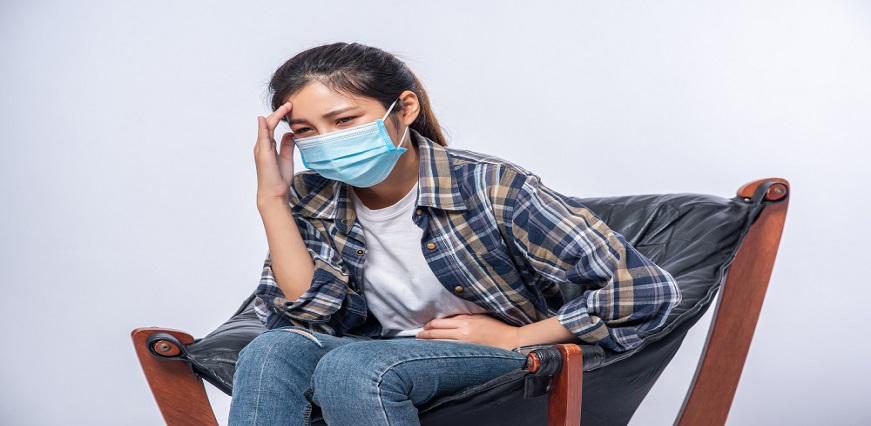


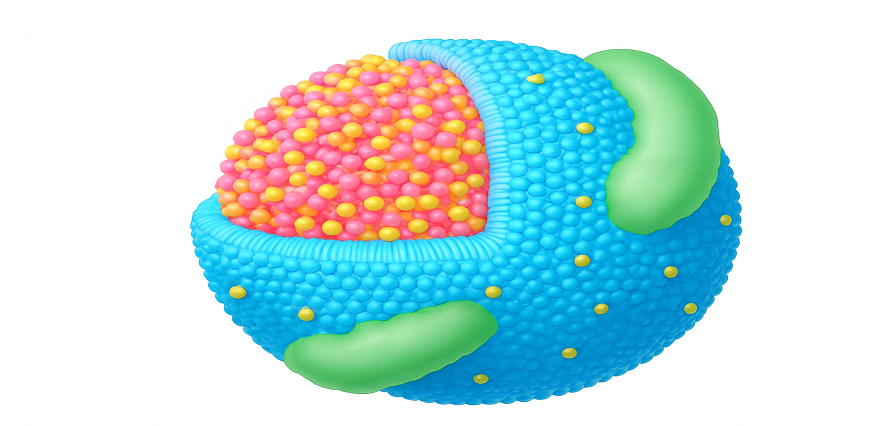

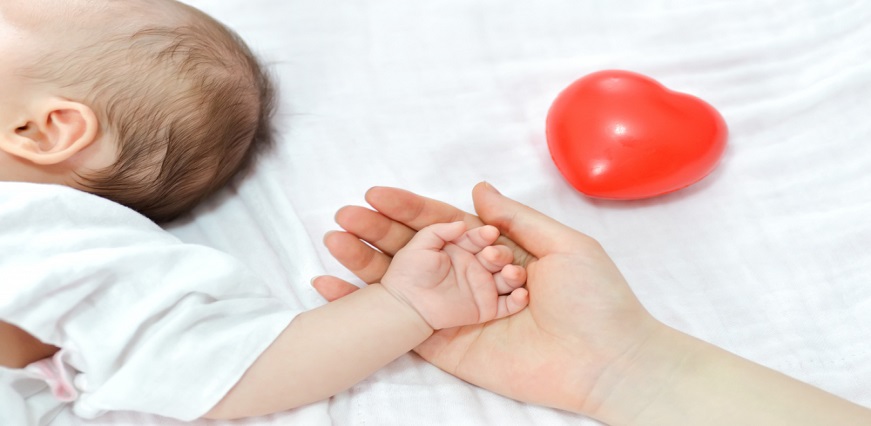
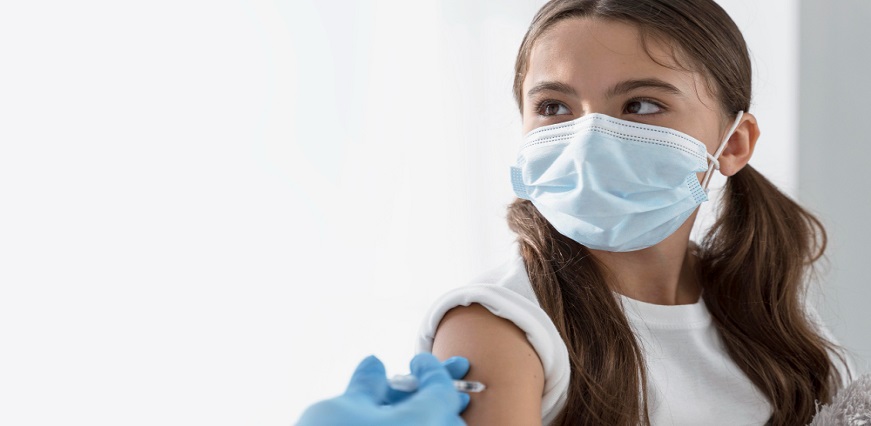




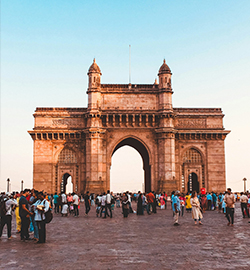





 To reach our help desk call 9213188888
To reach our help desk call 9213188888.png)
Comments